
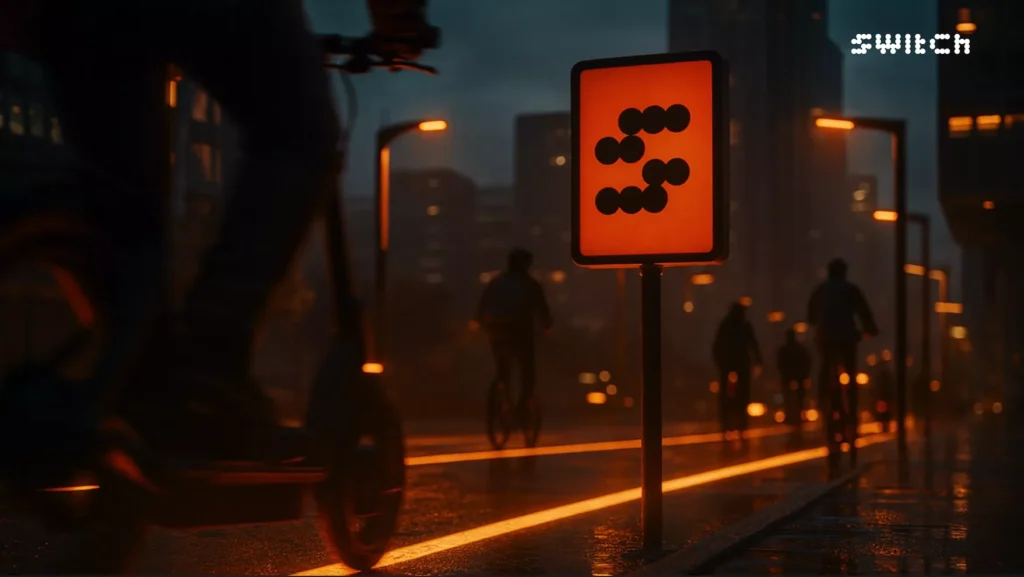
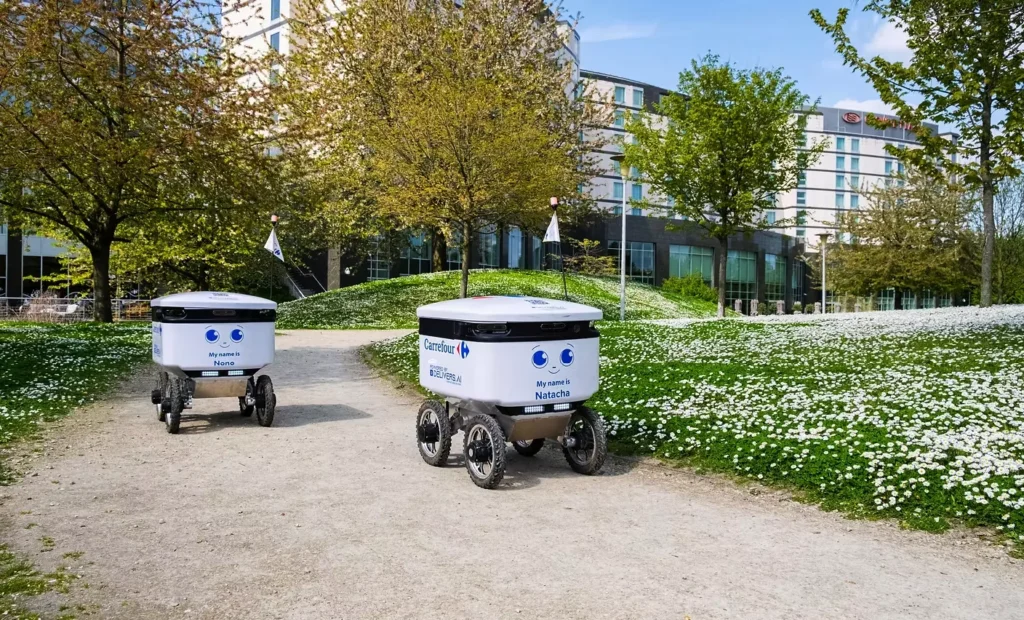
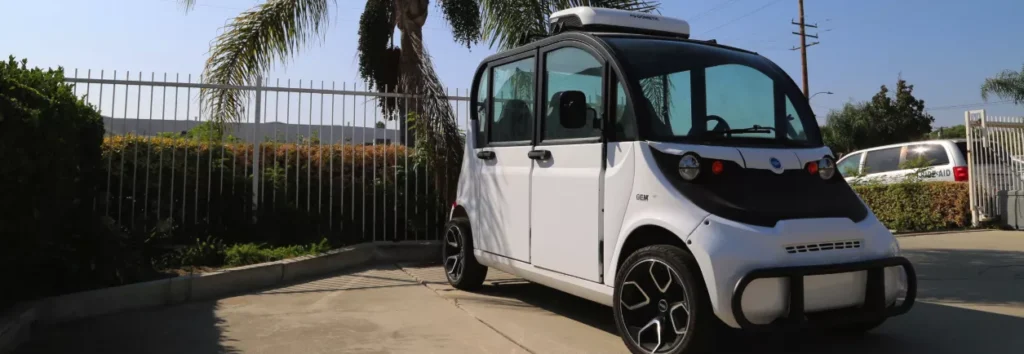
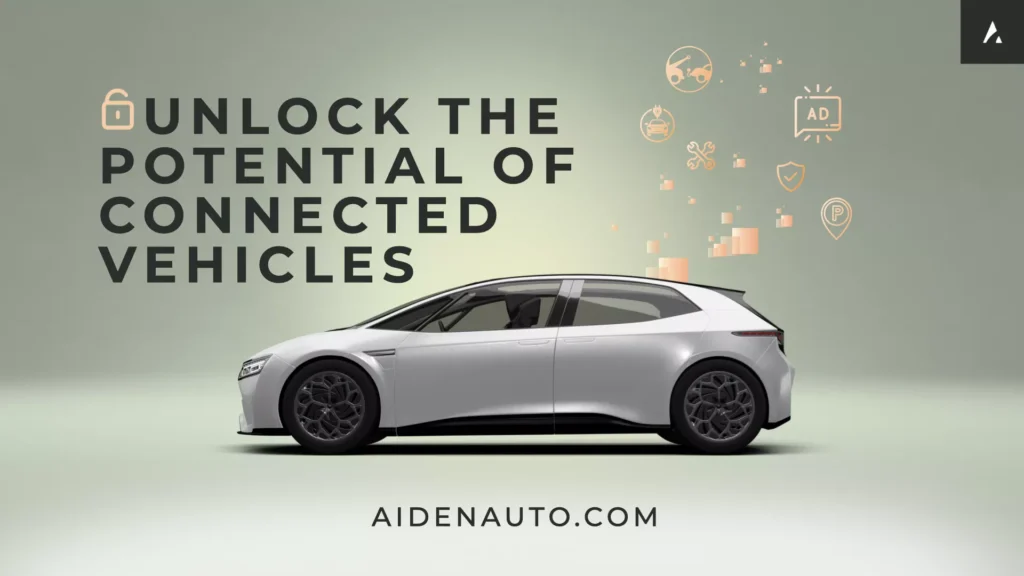





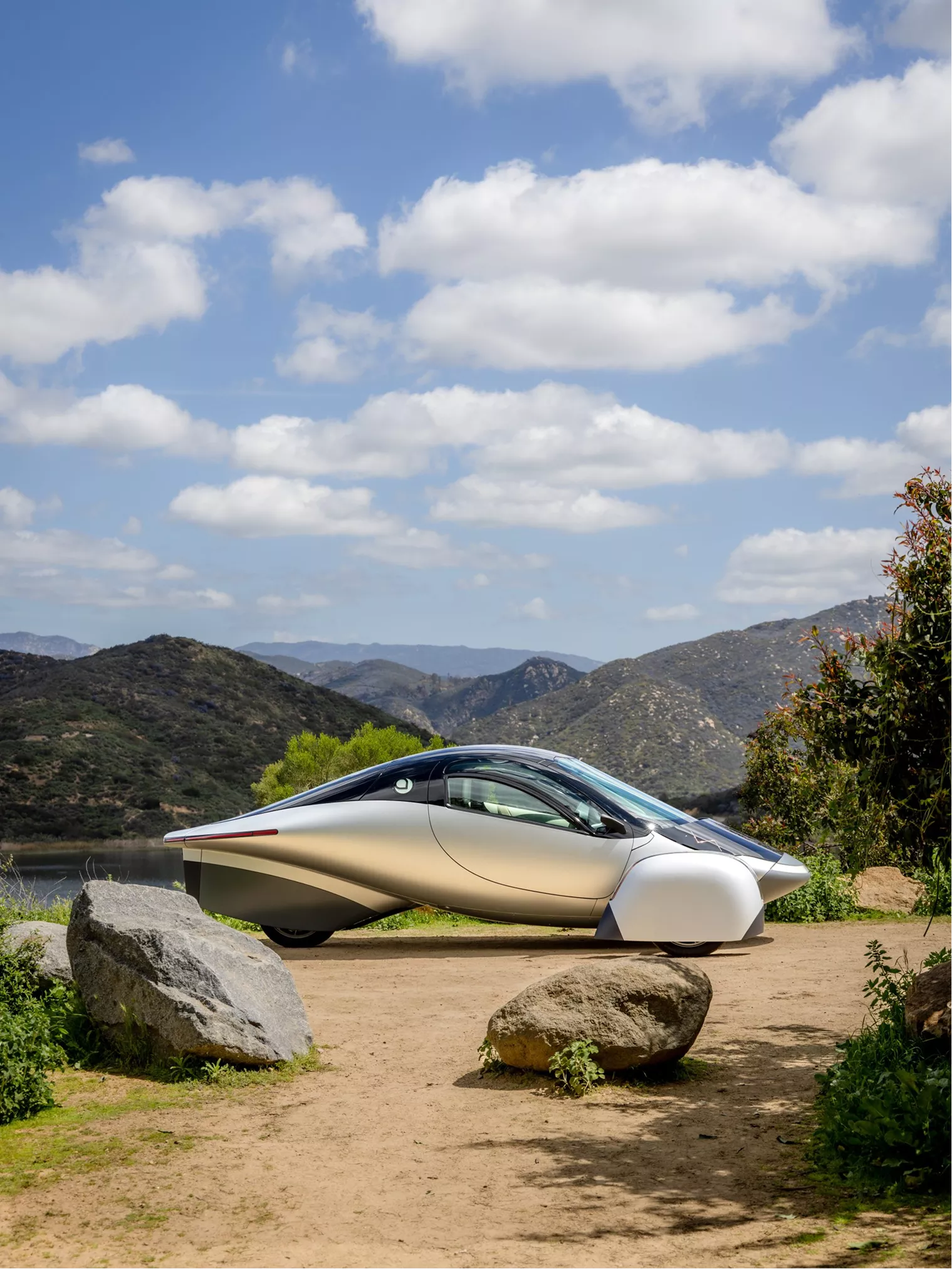
From EVs and batteries to autonomous vehicles and urban transport, we cover what actually matters. Delivered to your inbox weekly.
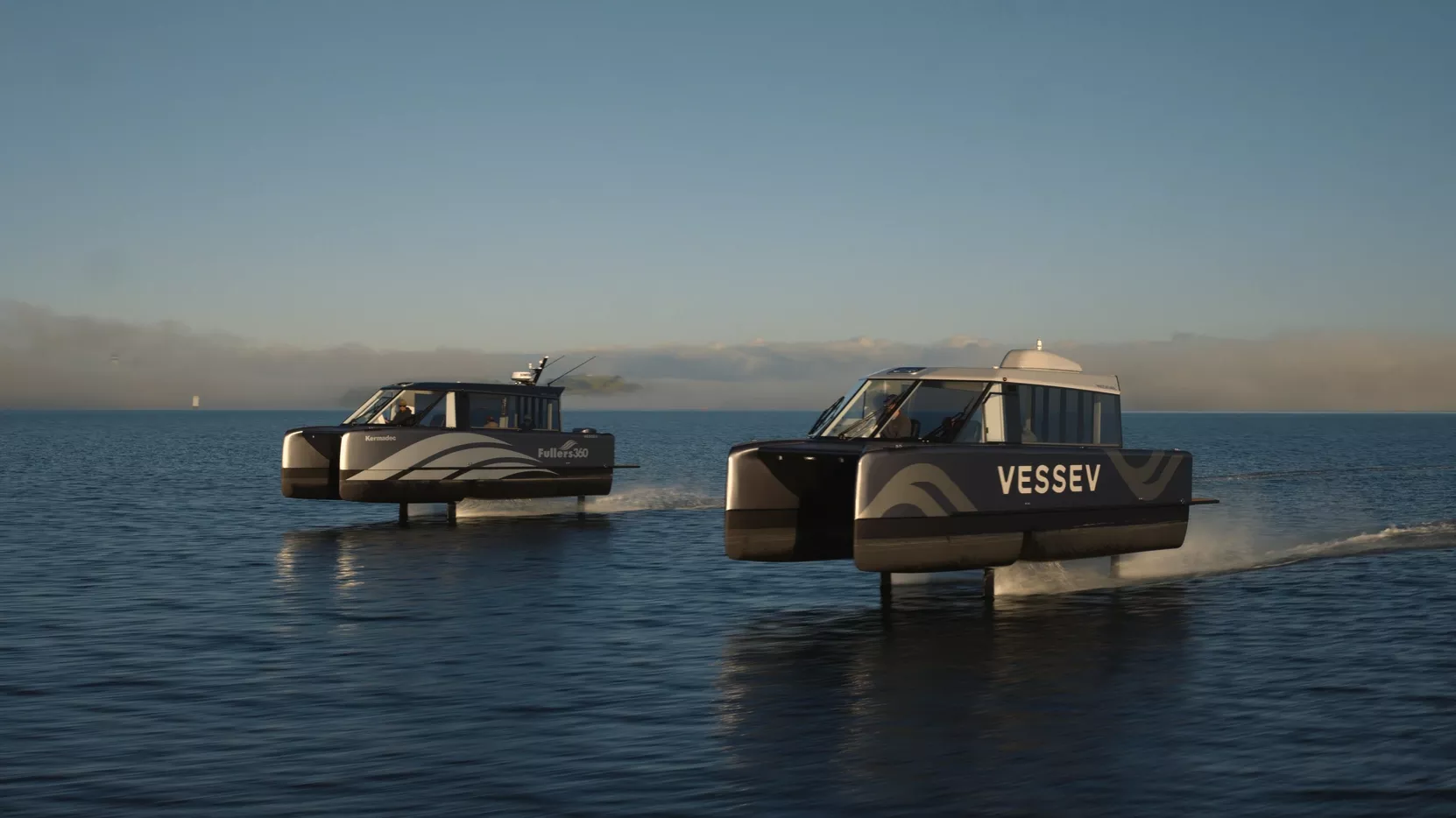
On Auckland’s Waitematā Harbour, there’s a vessel that doesn’t so much cut through the waves as float above them. From a distance, it looks like something out of science fiction – sleek, silent, and barely touching the water. But it’s not a concept or a prototype. It’s the VS–9, the first fully electric hydrofoil vessel built by Vessev, and it’s already carrying paying passengers.
Hydrofoils aren’t new. They’ve existed for decades, mostly as experimental or high-performance machines. What makes Vessev’s take remarkable is that it works at scale.
The VS–9 lifts itself clear of the surface using carbon-fiber foils, reducing drag by up to 95 percent and cutting energy use to a fraction of traditional diesel boats. The result is a ride so smooth and quiet that passengers say it feels more like flying than boating.
Vessev is one of the most promising clean-mobility startups anywhere. In a city famous for its sailing heritage, Vessev is proving that the future of ferries might not happen in the water at all, but just above it.
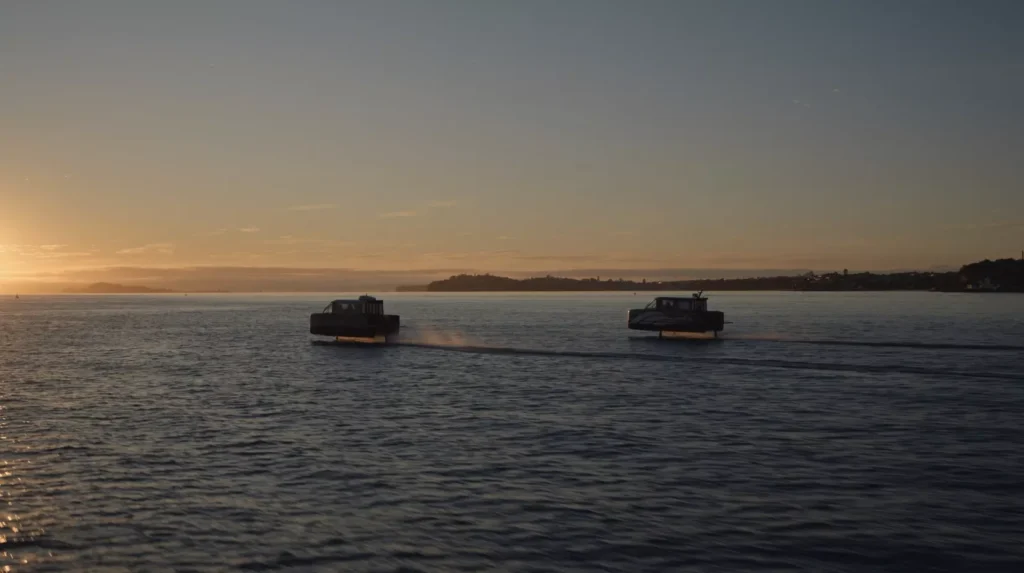
Engineers and designers from Apple, Tesla, Rocket Lab, and America’s Cup projects now make up Vessev’s team, combining hydrodynamic expertise with the kind of fast-iteration mindset more common in Silicon Valley. It’s a culture where yacht designers, software engineers, and composite builders work side by side toward a shared goal, making marine transport cleaner, faster, and dramatically more efficient.
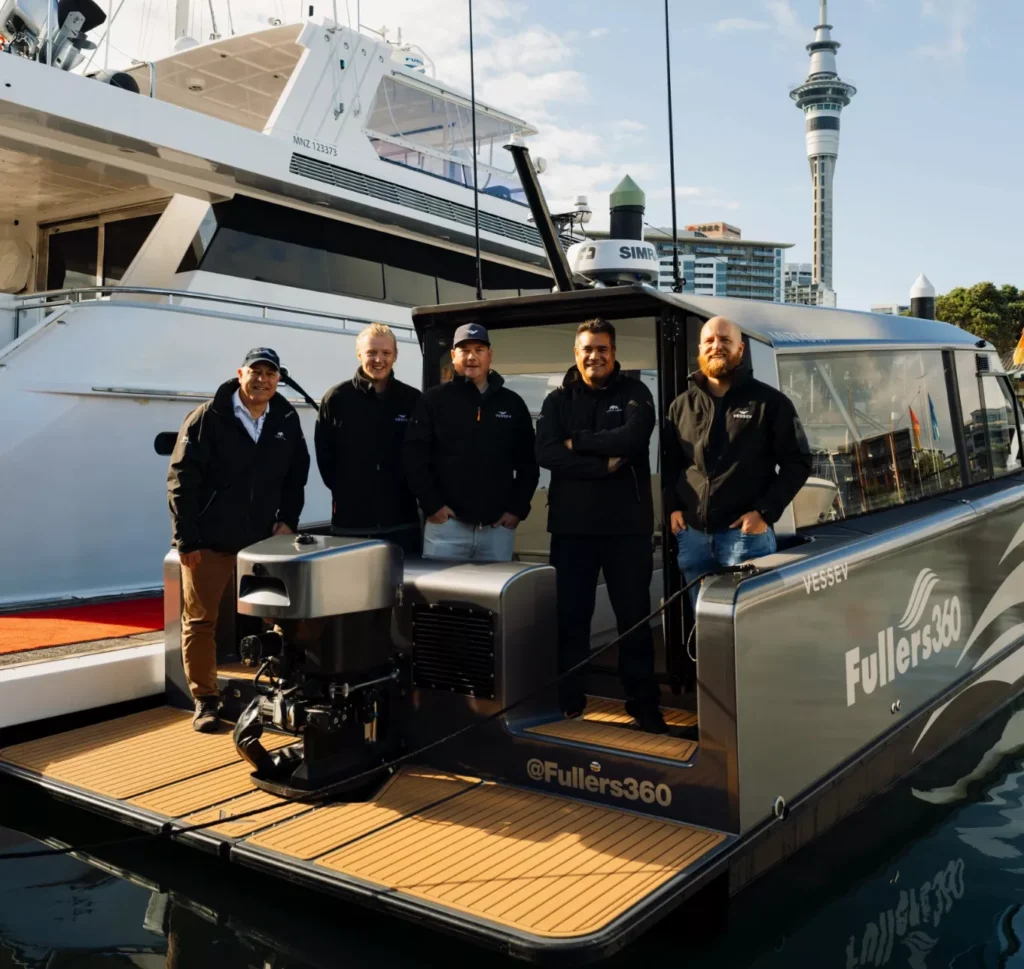
The big problem with boats, diesel or electric, has always been drag. Water is 800 times denser than air, which means pushing a hull through it takes serious energy. And heavy batteries don’t like that kind of workload.
That’s where hydrofoils change everything.
The VS–9 lifts itself completely out of the water using carbon-fiber foils shaped like airplane wings. Once it reaches speed, those foils generate lift, raising the hull above the surface and almost eliminating resistance. The result: up to 95% less energy use than a conventional diesel boat.
Power comes from a 110 kWh lithium-ion battery feeding two electric motors, the VS–Drive, a custom-built podded motor with internal active cooling, engineered in house. Cruising at around 25 knots, the VS–9 can cover 40–50 nautical miles on a single charge, enough for a day’s worth of harbour crossings or coastal tours. An onboard control system fine-tunes the foil angle hundreds of times per second, automatically keeping the vessel balanced even in choppy conditions.
In testing, a return trip across Auckland’s harbour cost about NZ $8 in electricity. The same run in a diesel chase boat? Roughly NZ $140. That difference isn’t just impressive. It’s the kind of number that makes electrification finally make sense for operators – and large investors see that.
Silence, stability, and zero wake. Three things traditional boats could never offer together until now.
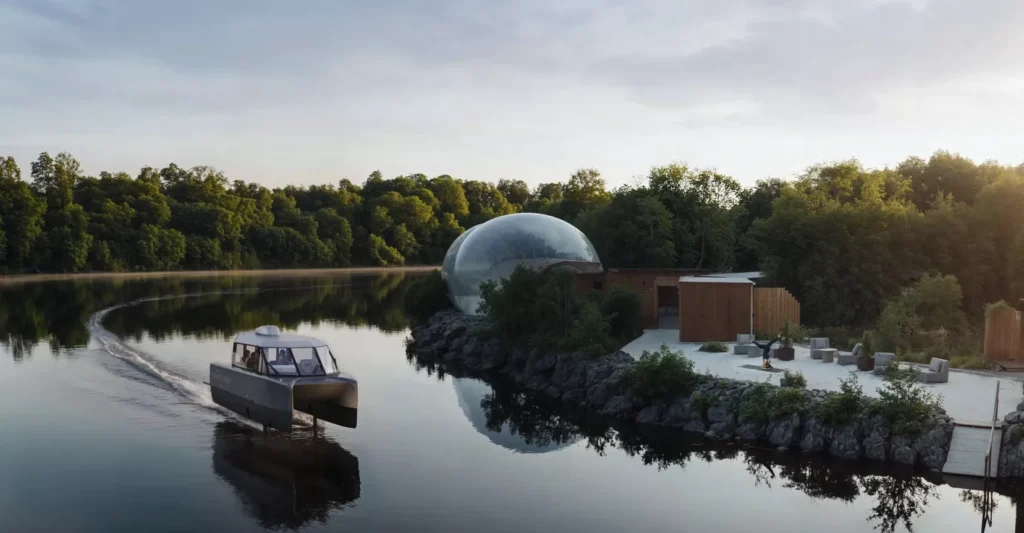
In January 2025, Vessev’s first commercial vessel – a sleek hydrofoil named Kermadec – officially entered service with Fullers360, New Zealand’s largest ferry operator.
Fullers operates the VS–9 as an eco-tourism experience, offering daily harbour flights. Each 40-minute trip glides silently past the skyline and out toward the islands, with passengers describing the ride as “the smoothest boat I’ve ever been on.” One reviewer simply called it “eco-tourism done right.”
The partnership marked a first on multiple fronts – the world’s first certified electric hydrofoil passenger vessel for a tourism application and a major milestone for New Zealand’s marine industry. It also showed that clean technology could work inside the strict safety and commercial frameworks of a national ferry operator.
Since then, momentum has only grown. Vessev has orders on three continents, and has announced its first European deal with Finn Lough resort in Northern Ireland. The company has also opened a US office to support expansion into the world’s largest marine market.

Vessev isn’t trying to reinvent how operators run their fleets. But… it’s making the switch to clean energy easy. The company sells complete vessel packages to ferry operators, tourism companies, and luxury resorts, bundling everything from hardware to software support. Each boat comes ready to operate, certified, and backed by ongoing maintenance and firmware updates from the Vessev team.
With energy savings up to 90% and minimal servicing requirements, operators can make the economics work from day one.
Early customers like Fullers360 and Finn Lough are using the VS–9 for premium short-range trips – the kind of routes where smoothness, quiet operation, and low emissions matter as much as performance. Future models like the VS–12 and VS–18 will extend that same efficiency to commuter and regional ferry lines.
The beauty of Vessev’s approach is that it doesn’t require new infrastructure. Operators can plug into existing marina chargers and start running zero-emission routes immediately. It’s a rare clean-tech model that scales by simplicity – one vessel, one plug, one very smart design.
Behind every great product is a group of people who know how to turn it into a business, and Vessev has exactly that. The company is backed by Blackbird Ventures, K1W1 (the family office of Sir Stephen Tindall), Icehouse Ventures, and GD1, the most respected investors in New Zealand’s startup scene. Each of them has helped take homegrown ideas to global scale – from hardware to software, from local labs to world markets.
The next step is growth. The team s scaling production to meet global demand to move from building one boat every few months to a regular production cycle out of its Auckland facility, with a U.S. operation already taking shape. It’s a classic Kiwi story – a small team with big ambitions, building something that just might change how the world moves on water.
The market for electric hydrofoils is getting crowded. Companies like Candela in Sweden and Artemis Technologies in the UK are already making headlines with sleek, high-speed ferries and luxury yachts that look like they belong in a sci-fi movie. But Vessev is choosing a different route.
The VS–9 was built to solve everyday operator problems. This means energy efficiency, certification, passenger comfort, and maintenance. It’s small enough to fit existing docks, light enough to charge from standard marina plugs, and smart enough to deliver consistent performance with minimal upkeep.
While others are racing to break speed records, Vessev’s edge is in reliability and economics, combined with safety and beautiful design. It offers the same quiet, zero-emission glide as its competitors, just in a format that operators can actually deploy today.
The VS–9 doesn’t try to be the flashiest boat in the harbour. It’s designed to be the most useful one. The one that quietly proves clean marine transport is good business.
For most clean-tech startups, certification is where momentum slows. For Vessev, it was the opposite. The VS–9 became the first fully electric hydrofoil in the world certified by Maritime New Zealand to carry paying passengers for a tourism application, a milestone that turned a prototype into a legitimate commercial vessel.
That approval proved that electric hydrofoils can meet the same safety and operational standards as any diesel-powered ferry. It’s a benchmark other regulators – from the U.S. Coast Guard to European maritime authorities – are now watching closely as they prepare their own frameworks for electric vessels.
And Vessev isn’t stopping with one model. The company is already developing the VS–12 and VS–18, with the latter built to carry up to 100 passengers. It will launch its recreation vessel in November. Together, they form a roadmap that scales from individuals to small operators to full commuter networks. Running silently, efficiently, and without emissions.
With a perfect combination of safety, performance, and clean technology, Vessev is boldly setting the standard for what the next generation of vessels will look like.
Vessev’s founders like to say that within a decade, every major harbor will have electric hydrofoils. Judging by what they’ve already pulled off, that vision doesn’t sound far-fetched.
They’ve proven the hardest parts – building the tech, earning certification, and putting real passengers on board. Now the focus shifts to scale: more boats, more routes, and more operators ready to cut fuel use, noise, and emissions in one move.
As cities and coastlines look for ways to decarbonize transport, Vessev offers something truly rare, a clean mobility solution that’s both better for the planet and better to experience.